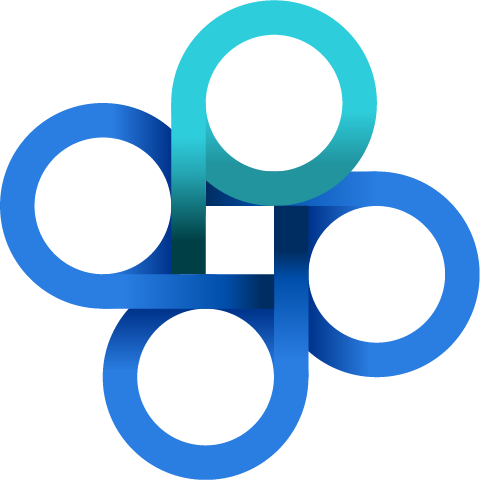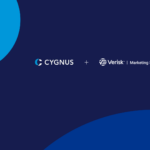SafeGraph CEO, LiveRamp Co-Founder on How Data Can Become a Marketing Superpower
If you don’t recognize Auren Hoffman from one of the many tech companies he’s founded or invested in, you might know him as the CEO who posts napkin sketches of data visualizations on Twitter.
Auren is perhaps most famous for founding and leading data connectivity platform LiveRamp, which he left after the company was sold, and for being the current CEO of SafeGraph, a location data bank.
His involvement with both of these companies has given Auren the chance to observe trends in the data marketers use and the software created to handle it. Not only are more companies buying data, there are more tools than ever they can use to analyze it.
“If you think of the number of vendors your company has today versus the number of vendors you had five or 10 years ago, there’s probably an order of magnitude more vendors today — and there will probably be an order of magnitude more vendors five years from now,” he says.
In an episode of Identity Revolution, Auren explained why marketers have different priorities than most users when it comes to data, how superpowered software is turning humble engineering teams into contenders, and how his bet at LiveRamp paid off.
Quantity over quality is best for marketing data
When you’re providing, say, location data to AT&T so it can plan for optimum network coverage, accuracy is key. But marketing is the exception, Auren says: If most marketers had to choose between lots of data or highly accurate data, they would choose the former.
“If your data is 50% accurate, that data is going to perform well in any marketing aspect,” Auren says. “If your data is 50% accurate in almost any other function, you will fail. So marketing is a very odd use case.”
Of course, plentiful and accurate data is ideal. That’s why Facebook has such an edge as an advertising platform.
For example, most data sets are about 70% accurate when it comes to identifying users’ gender, Auren says. On Facebook, it’s in the high nineties.
“All things being equal, your campaigns on Facebook are going to perform way better than they would in other mediums, because they have both breadth and accuracy,” he adds.
Marketing software today is more abundant — and more niche
Auren has paid more attention than most to the ever-increasing number of tools that have become available to marketers in the last decade or so. He predicted this trend from the start, and that prediction formed the foundation of data connectivity platform LiveRamp.
“When we started LiveRamp, the big bet was that the number of vendors would be going up every year,” he says. “When we started in 2010, that was a very controversial opinion that most people didn’t agree with. And every single year since, the marketing landscape has gotten more fragmented.”
More tools means more opportunities, in Auren’s view.
“There are so many different tools, many of which solve very different things,” he says. “You have incredible companies like Snowflake or Databricks, which are handling the data, but you have a lot of other companies that help you analyze or visualize it in different ways… There have been hundreds of really amazing companies built over the last 15 years.”
One benefit of having so many tools is that companies can choose the best one to target each of their requirements, instead of settling for a solution that does everything –– but on a mediocre level.
“It’s much easier today to get the tool that does this tiny thing really well,” Auren says. “And you’re happy to pay X dollars a year for that tool. That’s true for the smallest business and the largest companies in the world.”
Superpowered tools benefit smaller teams
As access to data software has increased, the number for humans that use it has plateaued.
“You see big companies where the number of employees in their organization over the last 10 years has been flat, but their revenues have gone up dramatically –– and the number of tools has gone up dramatically,” Auren says. “Essentially we’re replacing people with APIs or tools. This is a trend across every single industry and every single category. It’s probably a trend that will continue for a very long time.”
As software capabilities have improved and increased, these tools are having an outsized impact — even in a team without a high level of expertise.
“It used to be that you needed a truly exceptional engineering team to bring data into your organization. But now, you can be a good engineering team with a tool like Snowflake or Databricks and be as dangerous — or even more dangerous — than a great engineering team was five or 10 years ago,” Auren says. “The proliferation of tools that sell to data science and machine learning teams have really increased the number of companies that can buy data today.”
Contact us to see how Infutor can help drive your own MarTech initiatives.
Note: This is based on an episode of Identity Revolution, Infutor’s podcast featuring data-driven experts discussing all things marketing, analytics and identity.








 Your Privacy Choices for Platform Services | Data Services
Your Privacy Choices for Platform Services | Data Services